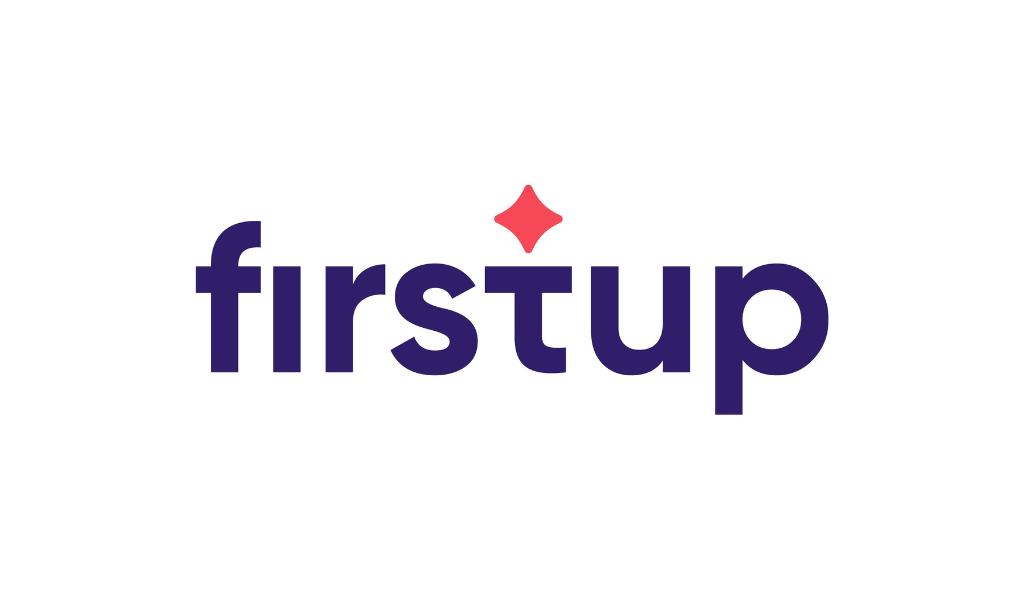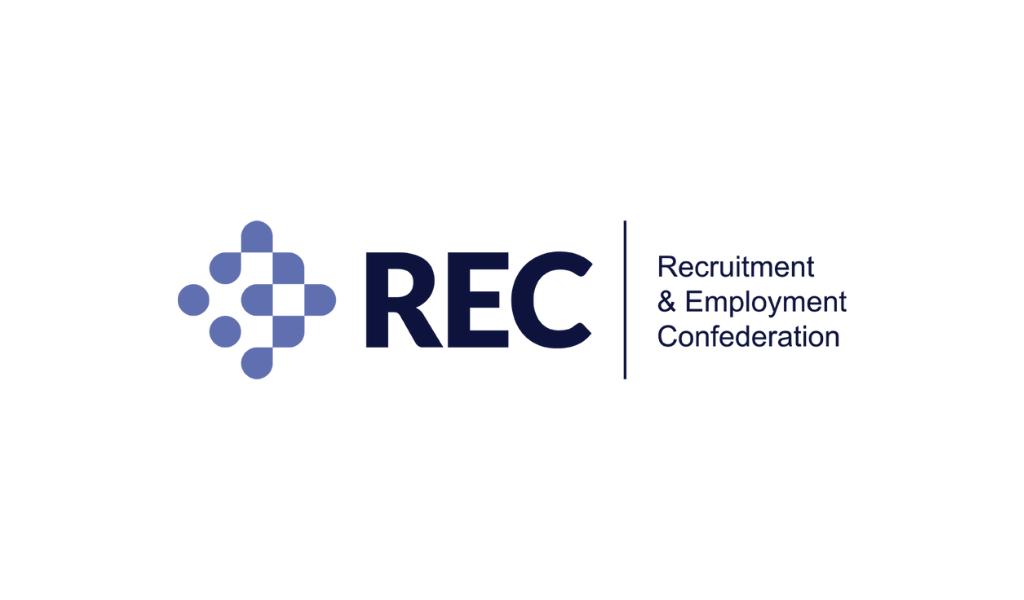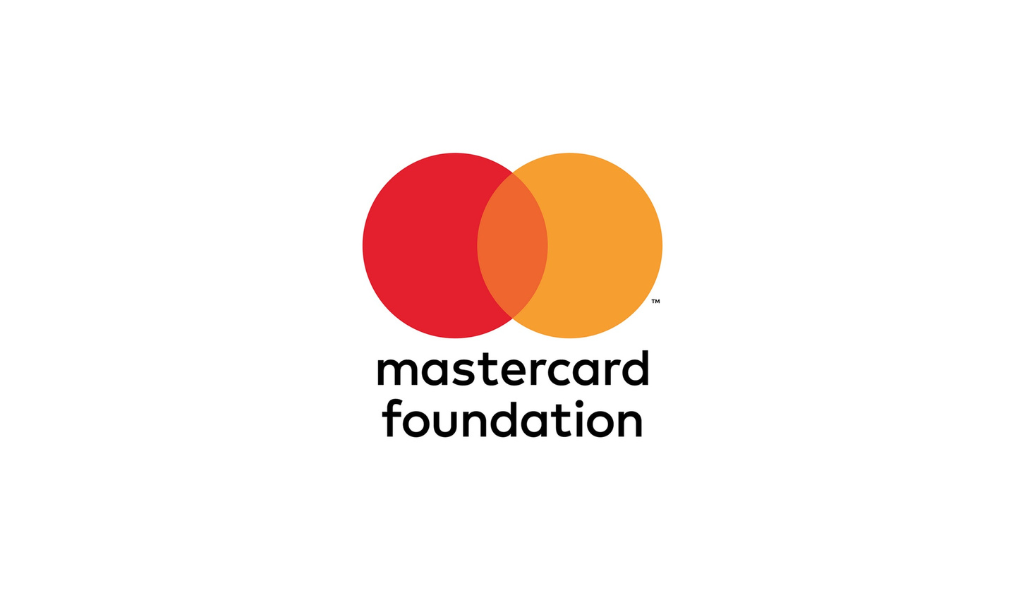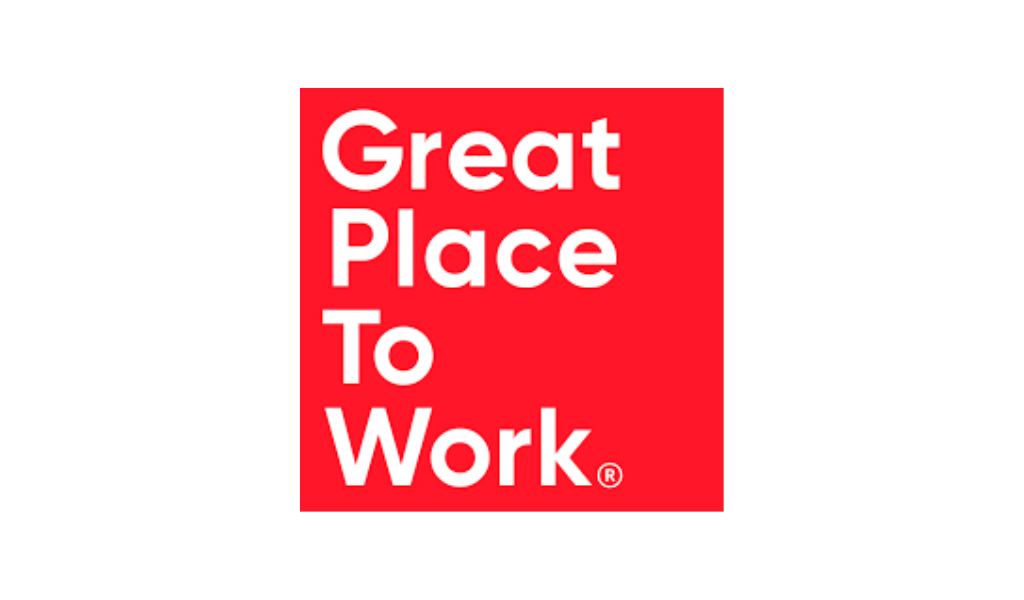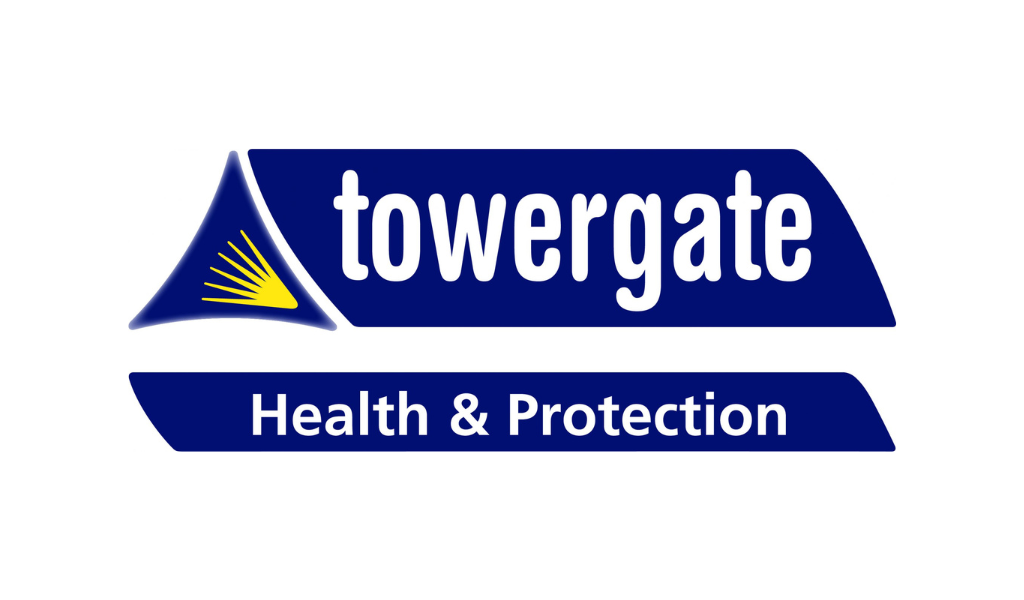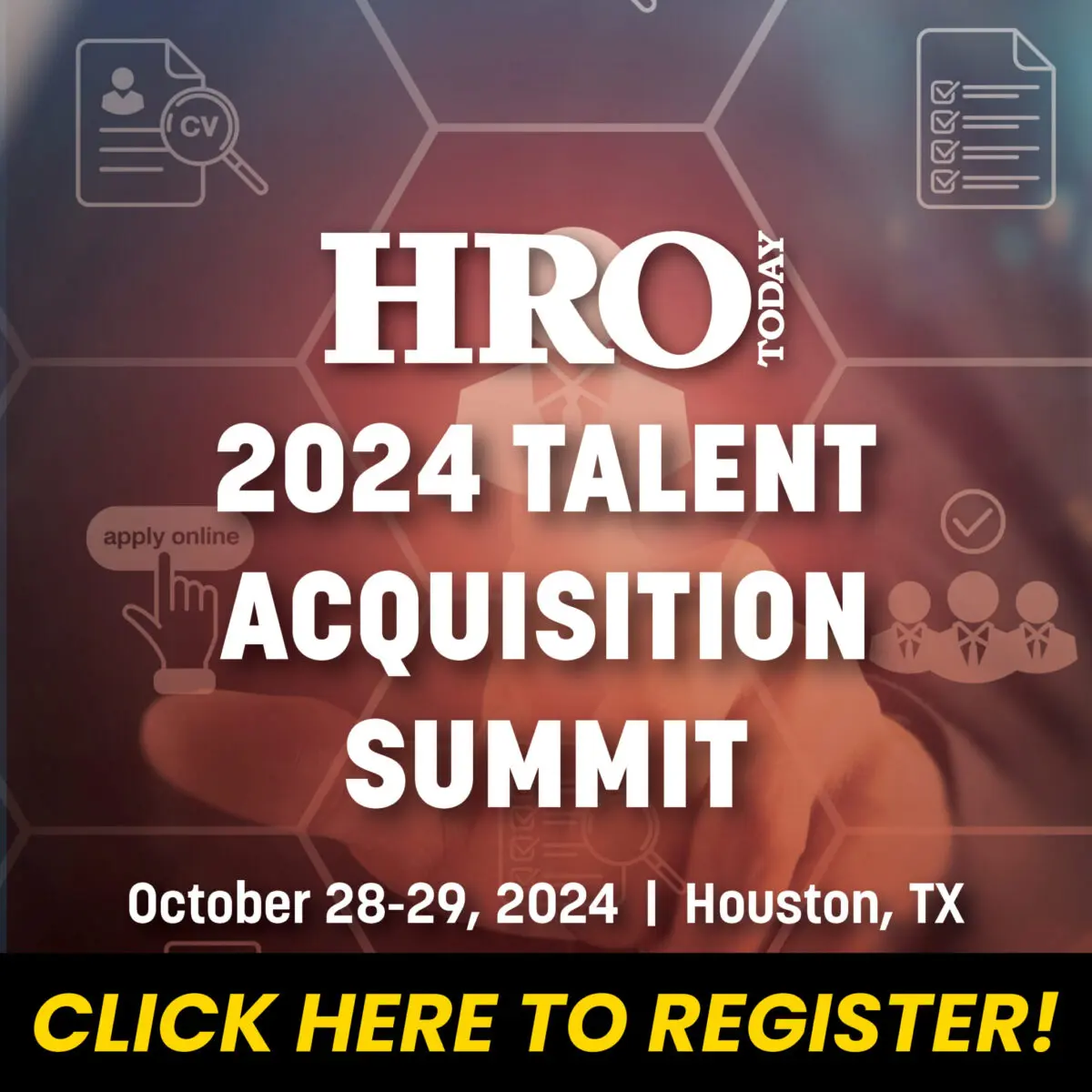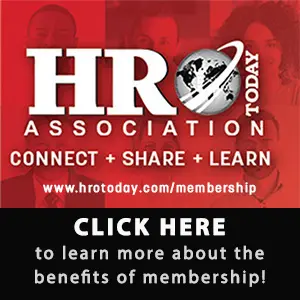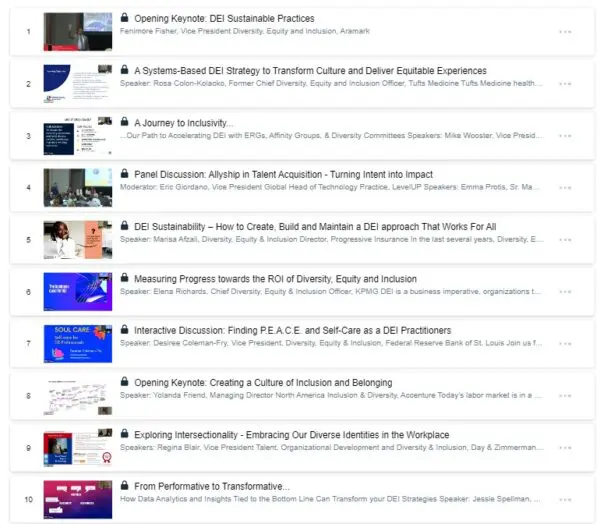By promoting mutual respect and understanding, HR and business leaders can open up conversations within an age-diverse workforce.
By David Clack
Research from Generation, a nonprofit network focused on economic mobility, conducted with the Organisation for Economic Cooperation and Development, finds that age bias persists and is alive today, with hiring managers often favouring younger workers despite older workers’ skills.
The age conversation has evolved significantly in the past five years, with generational dynamics becoming a focal point in workplace discussions.
This phenomenon poses both challenges and opportunities for business leaders—how can leaders engage multiple generations and steer them towards a common goal? How can they foster understanding between generational differences and use these to their advantage?
Ricoh truly prides itself on being a multigenerational workforce which recognises that all generations have unique strengths and perspectives that they can bring to the workplace. The organisation’s affinity group aims to celebrate diversity while exploring biases and stereotypes to bridge the generational gap.
When it comes to fostering a collaborative culture that transcends age-based stereotypes and strategies, Ricoh is turning to multigenerational teams to leverage that competitive advantage and lead by example.
Here are some tips to start that conversation on championing multigenerational teams to establish a collaborative culture that goes beyond limiting beliefs and stereotypes. In making this progression, leadership holds a significant role in nurturing and creating a space that highlights each generational strengths and advantages.
- Promote mutual respect and understanding. Leaders should encourage mutual respect and understanding among all team members, regardless of their age. Encouraging individuals to learn from each other and valuing everyone’s contributions can help break down age-based stereotypes. For the first time in modern history, there are four generations in the workplace, and mutual respect must exist for teams to operate harmoniously.
- Communicate. Leaders can set the tone for open and respectful communication. Encourage conversations and discussions on varying perspectives to foster a sense of belonging and understanding among team members from different generations. Different ages bring diverse priorities and perspectives to the workplace, spanning various life stages and experiences. Some may be raising young children, caring for ailing parents, or purchasing their first home, while others are researching retirement options.
It’s crucial not to assume that age means someone will be experiencing all the same options, concerns, and feelings at different life stages. It’s key to offer a space that allows for open channels of communication within the workforce—this means listening, not assuming.
- Offer training and development. Providing training sessions can raise awareness among team members and advance skills for an ever-changing technological environment. For instance, Ricoh apprenticeships are open to all ages and encourage all colleagues, regardless of age, to participate.
Specifically, when it comes to artificial intelligence (AI), further research from Generation finds that older workers can excel with AI, equaling or even surpassing younger generations. This makes it a misconception that only younger people can train in AI, proving that the over 55-year-olds are equally capable of learning and excelling in this field. Don’t overlook them; they could be the best AI experts on the team.
By investing in the training of this cohert, HR leaders create a win-win situation where employees feel valued and empowered, and customers benefit from their enhanced skills and extensive experience.
- Encourage collaboration. Offer opportunities for cross-functional or cross-generational projects. These initiatives can help team members understand and appreciate the different working styles, experiences, and skills each generation brings. Appetite and enthusiasm are just as important as technical aptitude, and Ricoh has seen this first-hand with its own upskilling programmes.
- Provide flexibility. Each generation has different working preferences. Embrace flexibility regarding working hours, work locations, and styles to accommodate everyone’s needs and lifestyles/stages.
At Ricoh Europe, almost 25% of the company is 55 years old or older, and the organisation expects many to be thinking about retirement in the coming years. Organisational leaders want to include them in the conversation on how to properly make work work for all generations.
David Clack is the marketing director and executive sponsor of multigenerational workplaces at Ricoh UK.


